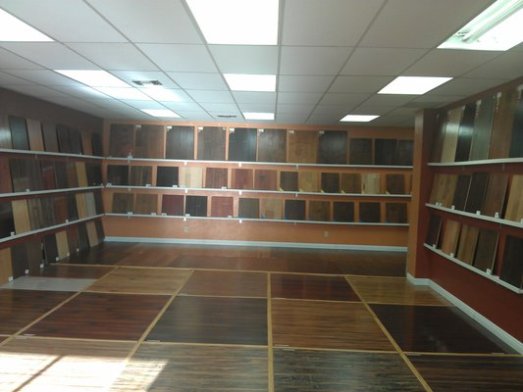How Do I Know What Hard Surface Floor I Will Be Cleaning? – Floor Identification Series – Part 3 of 7 – Appearance
Testing Procedures for Floor Identification:
There are actually six different “tests” or evaluations you can perform to zero in on the type of floor you are being asked to clean. In this writing, we are focusing on the second test – “appearance.”
- Appearance.
i. For example, a colorful or patterned surface indicates glazed ceramic or porcelain. Quarry tile often has an earthy look in shades of red, gray or brown.
ii. Repeating Patterns – Natural stone will usually not have a pattern that repeats, but man-made tiles do. There are a few exceptions to this rule.
iii. Check the edges of the material – While not 100% accurate, this helps distinguish between real stone and tile that looks like stone. Stone tile has a small bevel on the edge, about 1/16”. Man-made tiles usually have square edges.
iv. Width of grout channel – The grout channel for synthetic tile will usually be ¼”. Natural stone will have a narrower channel, typically 1/8”. Terrazzo and some marble or granite may have metal dividers rather than grout. Plus, remember that sanded grout usually indicates man-made tile.
B. Observation in the home or business.
i. When trying to identify if a surface is acid sensitive look for acid spotting around a toilet, sink areas or food prep areas.
ii. Acid sensitive stones are typically softer surfaces, also check for scratches in the surface, often under chairs, stools and by exterior doorways.
Tags: appearance, hard surface, identification






